💍 Marrying your members
Keeping the attention of wandering eyes on a computer screen in 2024 can be a lot like herding cats. You put so much time and energy into composing the perfectly formatted newsletter, but all of your hard work can sometimes get lost in the weeds. This week's newsletter is about keeping your audience engaged, asking for feedback when they pull away, and ensuring you stand out in an endless sea of emails. Let's go!
In this week's issue 📨
- How to increase your email engagement
- Asking for newsletter feedback
- Sender name best practices
Was this email forwarded to you? Subscribe here!
Getting engaged
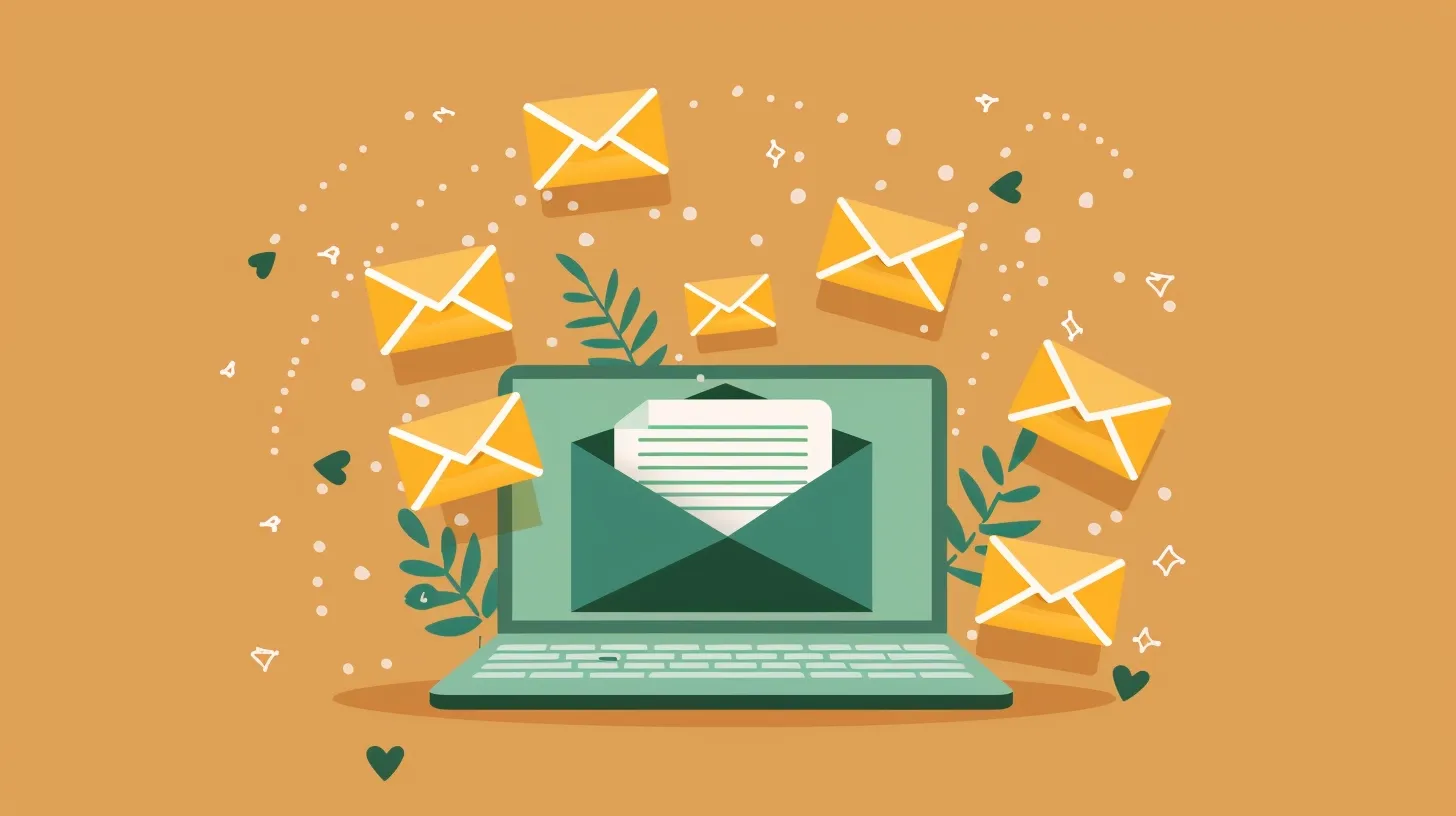
Building a healthy relationship with your online followers can be just as nerve-racking as maintaining the connections you have in real life. Do they still find your content attractive? Why haven't they read your past few emails? Are you exclusive, or are you in an open inbox relationship? You're probably not the only newsletter your readers receive, so how can you keep them engaged so you don't get ghosted?
Erin Ford, content writer at Mention, shows us how to increase email engagement so that every newsletter feels like the first.
Your voice
- Capture attention using a subject line that is both descriptive and relevant to your target audience. Clever or clickbaity subjects may briefly increase your open rates, but your newsletter metrics will fall fast if your audience feels like they're being fooled into opening your emails.
- Use your email preheader to expand on and highlight your overall message. The preheader is the first line of text that appears below your subject line in your reader's inbox. When neatly paired with your subject, your preheader helps pique interest and entice engagement.
Your schedule
- Establish a consistent email cadence so that your subscribers get used to expecting you in their inbox at the same time every day, week, or month. If you're just starting, consider building a content calendar to help organize your ideas and decide on your content volume.
- Choose the best send time for you and your readers to ensure the most email opens possible. For most publishers, the best days of the week for the highest open rates are weekdays instead of weekends, and the best times are between 10 AM—12 PM and 5 PM—6 PM, regardless of the day.
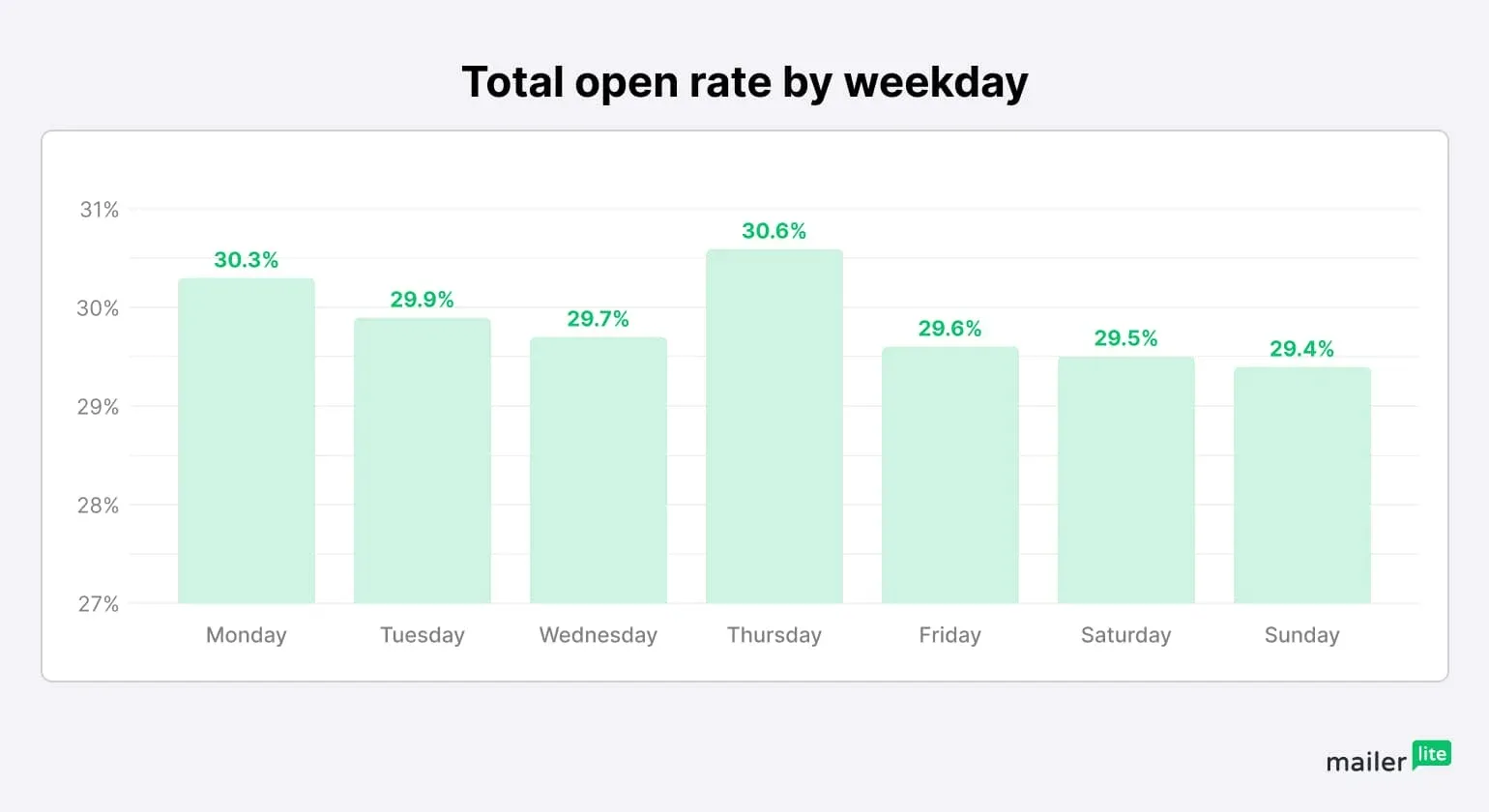
Your content
- High-quality content is the key to high customer engagement. You can have the best subject line in the world and the most consistent sending schedule, but nothing else matters if your content isn't up to par. You need to deliver value and solutions within your niche every single time.
- Spice up your email content using different types of multimedia to test your followers' responses. Only delivering words on a screen every time can get dull quickly. Embed a YouTube video, upload eye-catching charts, and throw in a Podcast to keep them engaged.
Your audience
- Re-engage with your inactive subscribers to remind them why they followed you in the first place. You'll always have inactive members, but it might be time to reach out if you sense a pattern. Highlight all the new content you've created, share customer success stories, or provide discounts.
- Clean up your email list to ensure the big picture is clear. A tidy list maintains your sender reputation, improves bounce rates, and increases deliverability. If your open rates are down and you're starting to see more bounces than usual, it may be time for a scrub.
Interesting stories & ideas 📚
- How to monetize your email list – ZeroBounce
- Stay curious and committed – Ness Labs
- When procrastination is productive – Scott H. Young
- AI will not save journalism – Media Makers Meet
- Unplanned obsolescence – Vague Blue
Voice mail
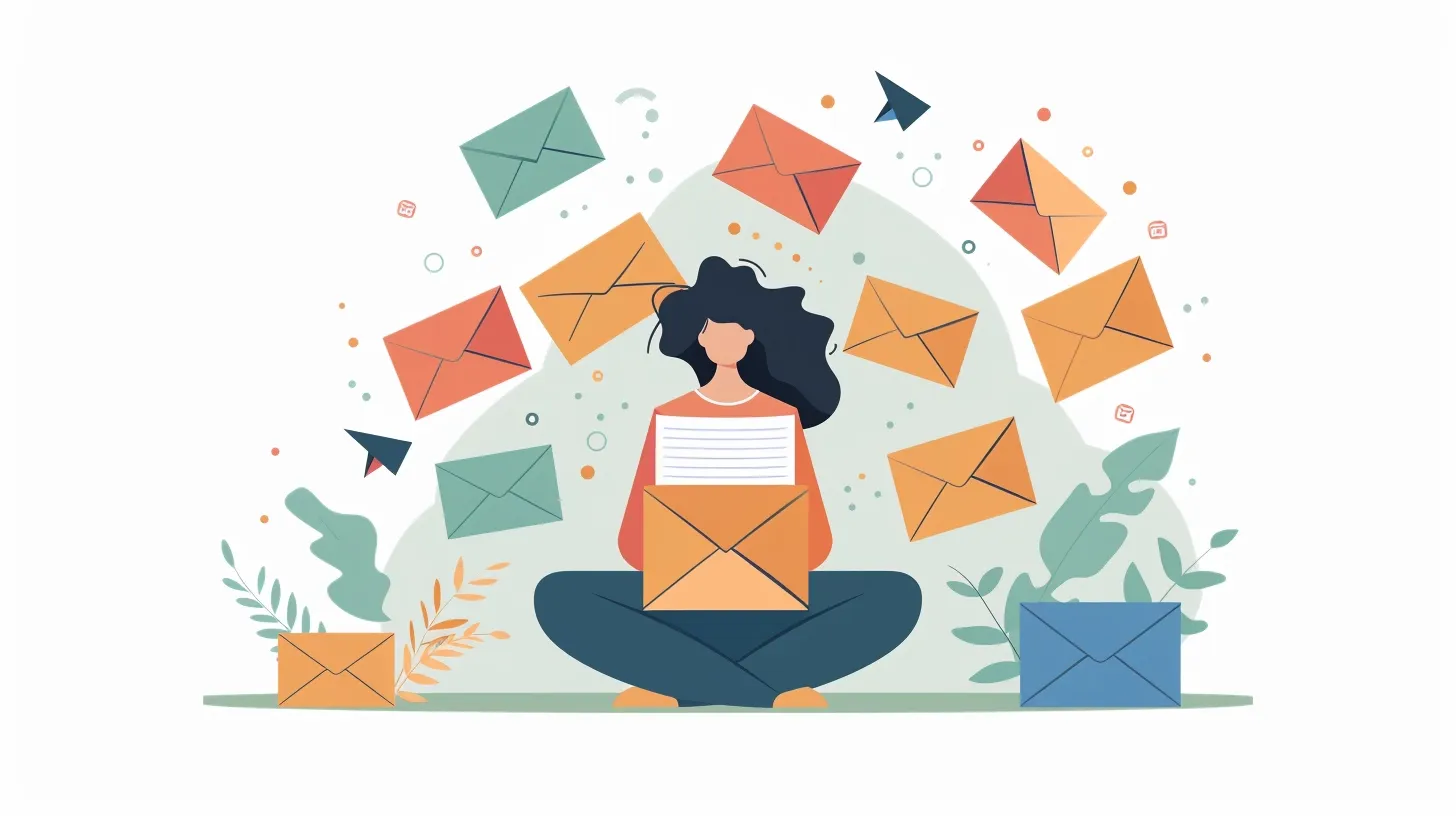
You've created lots of new and unique content, revamped your emails so they stand out in your subscribers' inboxes, and provided irresistible incentives, but your open/click rates still haven't changed for the better. What gives? You may not have a complete grasp of your audience's needs, and that's okay! It's time to put on your feedback hat and determine what makes them tick.
Wendy Madill, content writer at Paved, shares 10 valuable tips for using surveys and polls to gather newsletter feedback that builds engagement.
#1 Start small and use any easy member reaction features that your newsletter platform already has built-in, like Ghost's Audience feedback feature.
#2 Create quick polls using integrations like Feedletter to ask readers what they love, what they want to see more of, and what they're not vibing with.
#3 Send out an end-of-year survey if you already have an established audience. This will help you plan any changes for the new year ahead.
#4 Be transparent about why you're conducting your feedback survey. Explain the benefits and what you're doing with the data to build trust.
#5 Keep it short and sweet with simple questions and clear goals. Nobody will want to take the time if you make things too complicated.
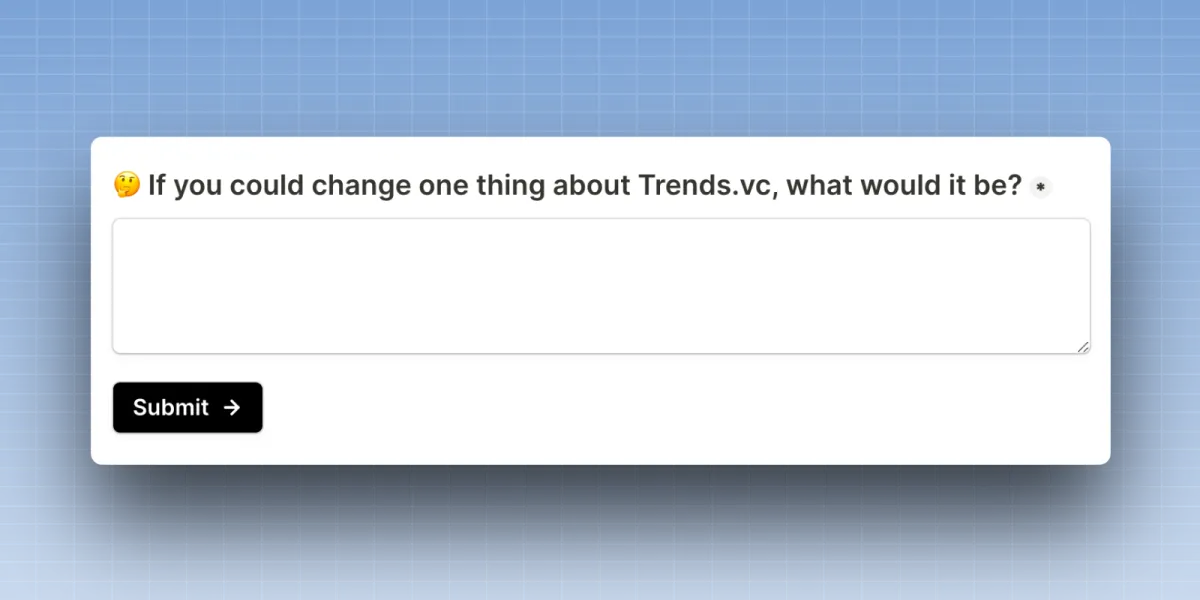
#6 Keep comments private so that your readers won't be shy about providing real responses. If you're sharing them, let your subscribers know ahead of time.
#7 Choose the right tools, like Google Forms and Typeform, for longer surveys with more than just a few simple questions.
#8 Use survey templates provided by most feedback tools if you're unsure where to start. You can also look to fellow publishers for inspiration.
#9 Use response data wisely and consider creating customer profiles for your newsletter to better apply and understand their feedback.
#10 Share results with your audience and build content around their needs. Invite them into the planning process to make them feel involved.
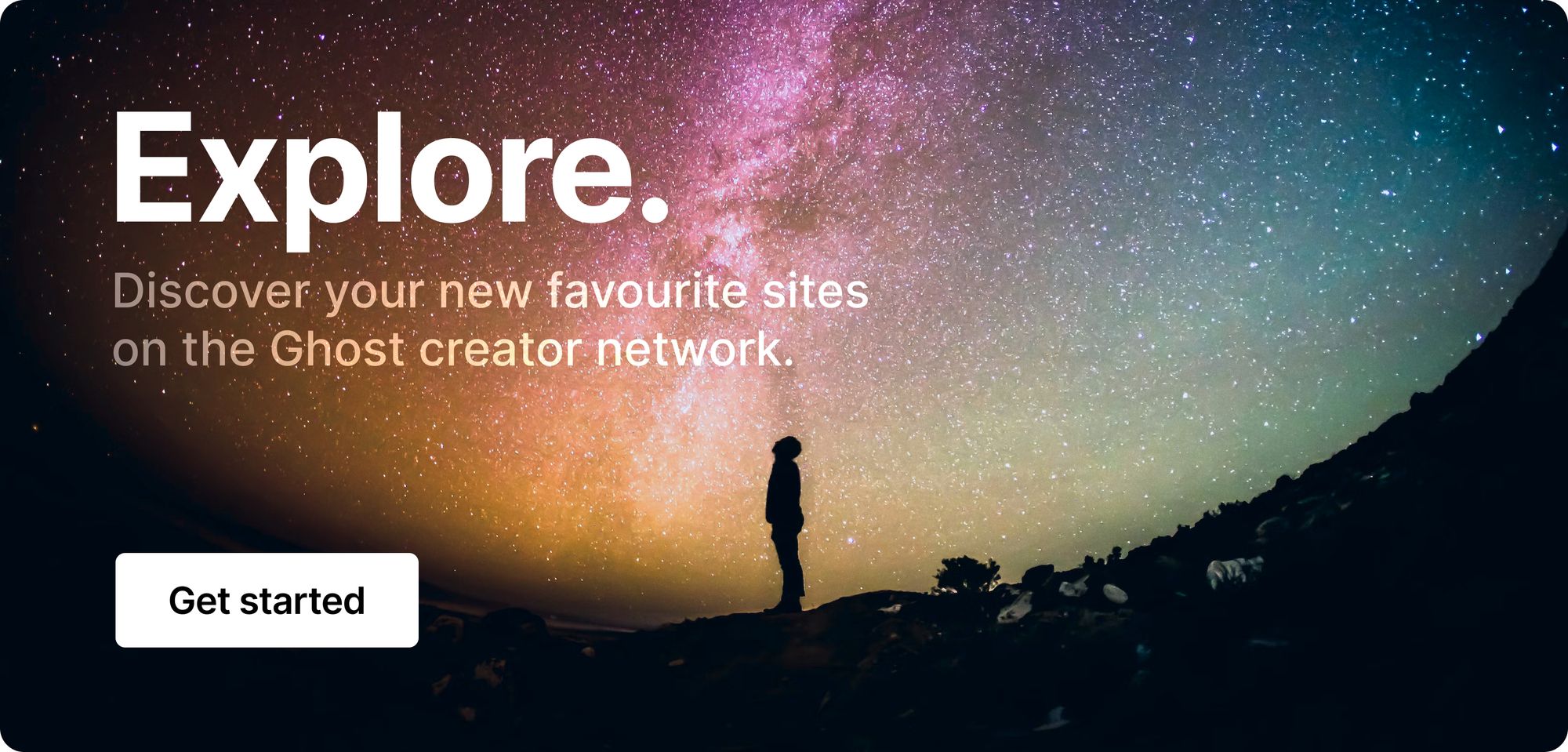
What's in a name?
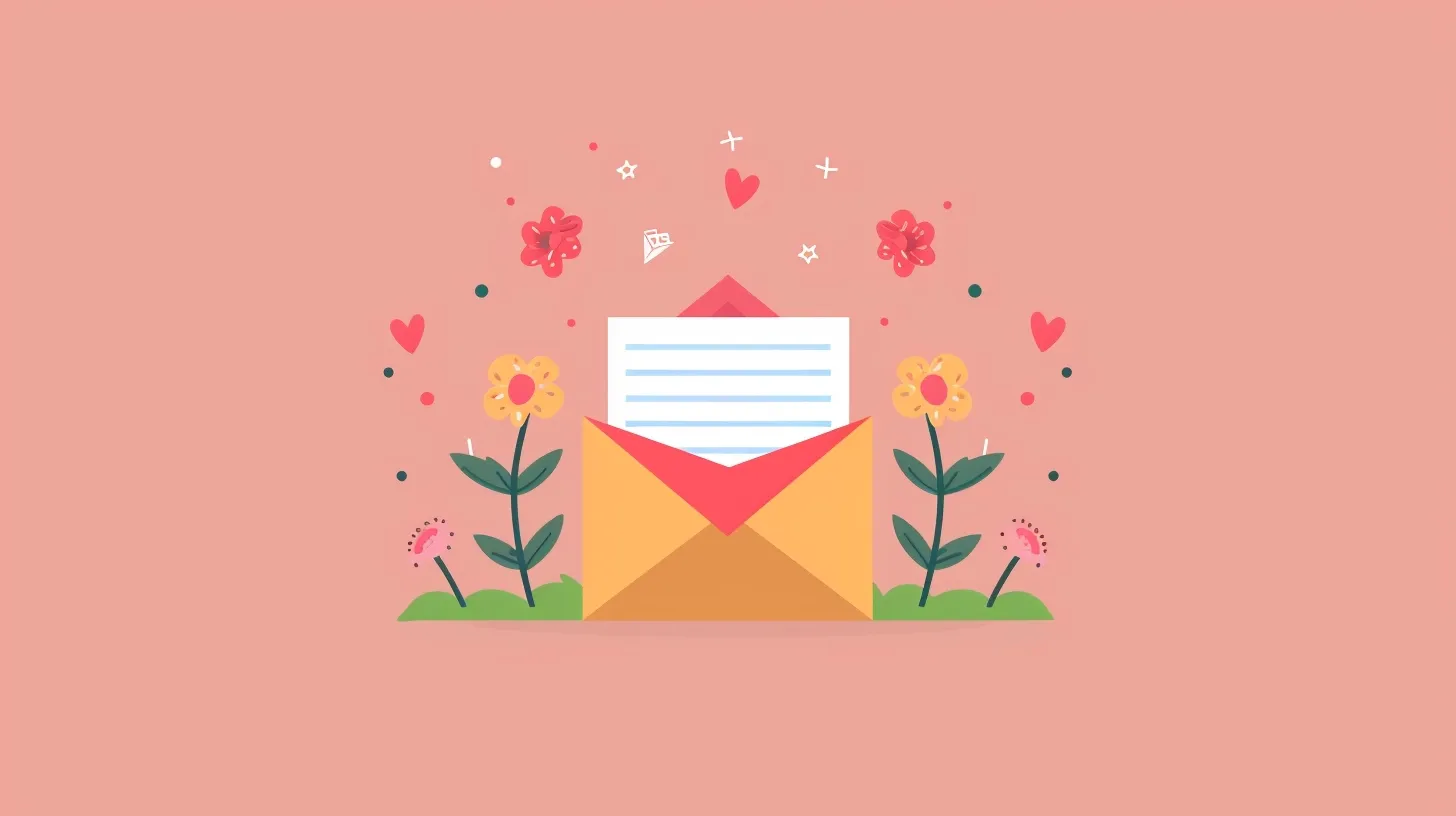
In the physical world, your name is a vital part of your identity, and in the digital world, it's no different when delivering your newsletter to your subscribers. Your sender name, or "from" name, is one of the first things readers see when perusing their inbox, and it helps them decide whether to crack open your email to consume all of your wonderful work.
Let's examine some sender name best practices that are just as important as composing an enticing subject line and creating quality content.
‣ Create a recognizable sender name to build trust with your followers. This is especially important for new subscribers who willingly hand over their email addresses. When your first newsletter hits their inbox, they must quickly be able to associate your sender name with what they signed up for.
‣ Keep your sender name consistent so that your subscribers get used to seeing the same name in their inbox every week. If you're nailing your subject lines and email content, seeing your name pop up in their messages will instantly excite them to see what's inside.
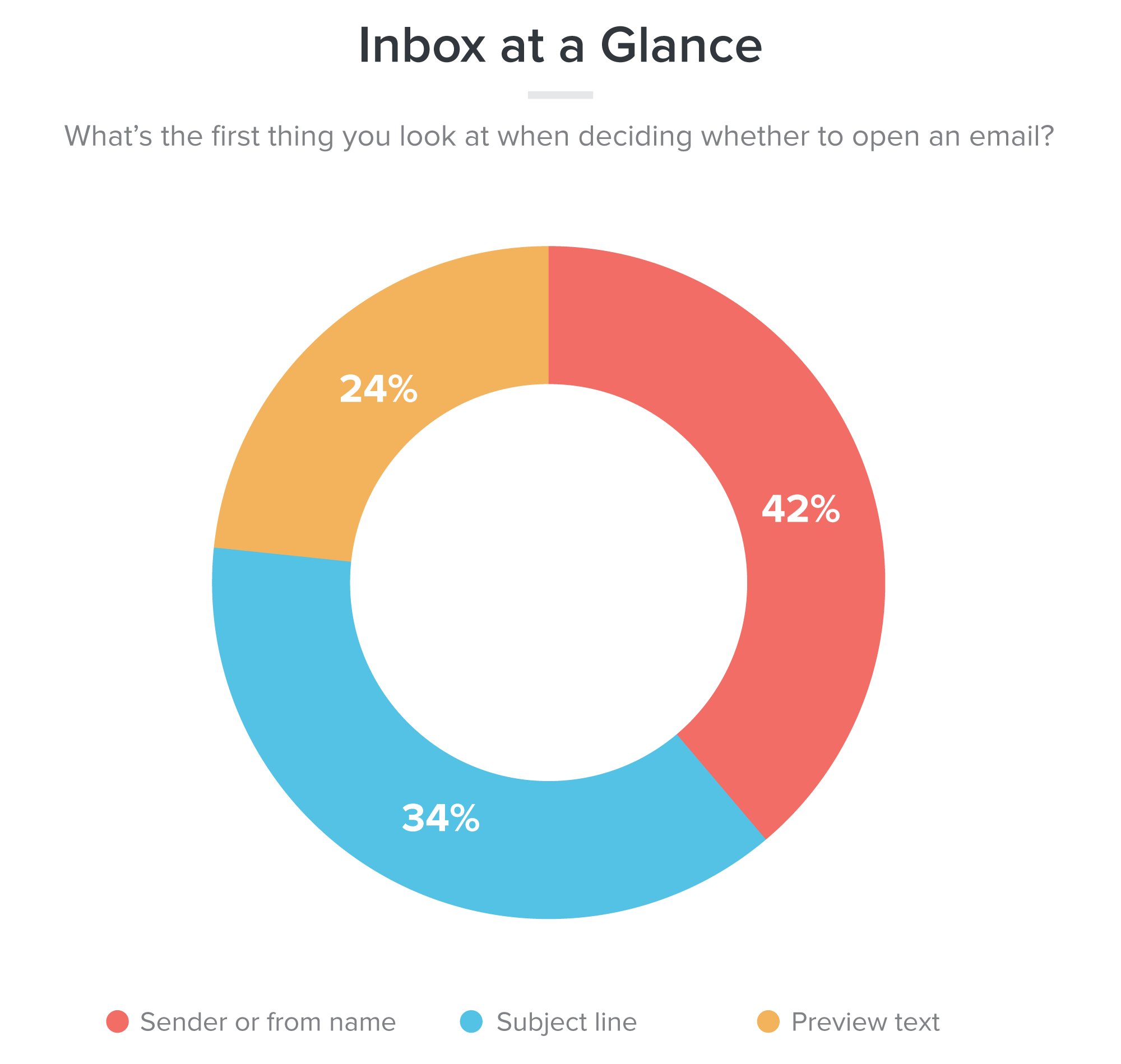
‣ Include your first name to add a personal touch if you're a solo creator, or use your publication name if you're aiming for better brand awareness for your company and team. Whichever you choose, keep it simple, easy to read, and memorable to build positive patterns of behavior.
‣ Focus on your formatting so that your sender name reflects the professional and inviting human(s) who sent it. Be sure to capitalize your name/publication name and keep it under 25 characters. Avoid using an email address as your sender name or spammy-looking special characters.
Curator's pick ✍️
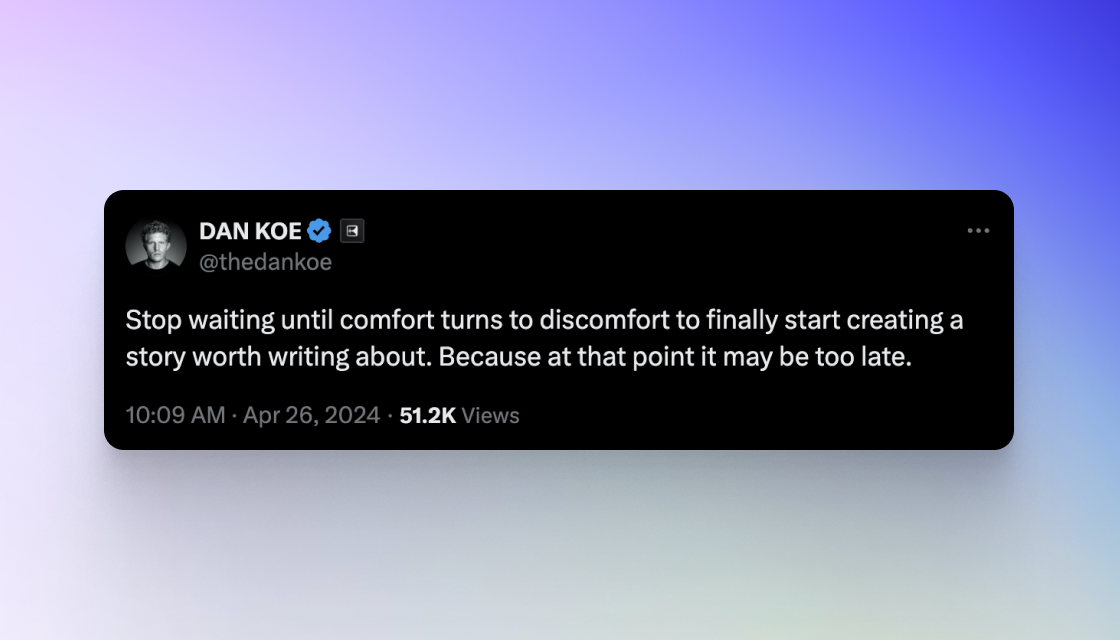
Enjoy this newsletter? Forward to a friend or hit reply to share your thoughts. We don't bite! 👻
Want more how-tos? Search our library of tutorials and subscribe to our monthly "Build with Ghost" newsletter.
Join our Ghost Creator Community! Connect with like-minded people who create content professionally — apply here.






